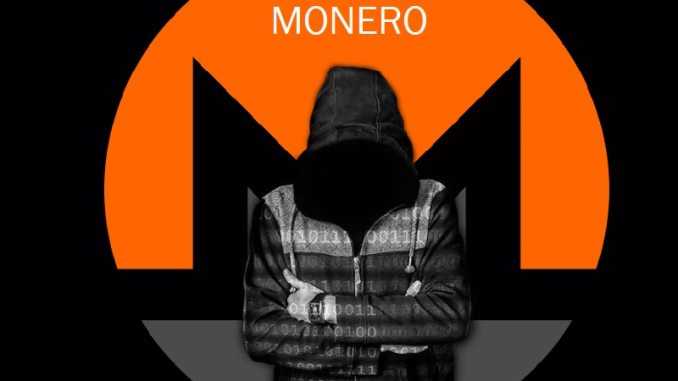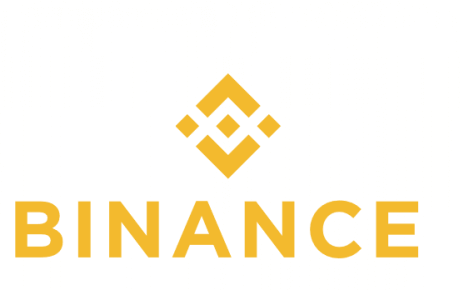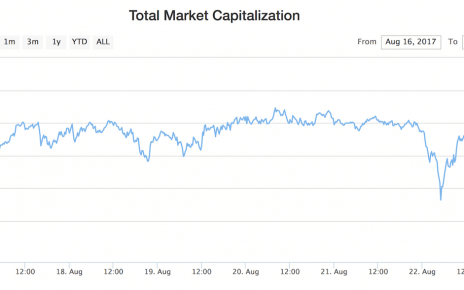Monero, the first cryptocurrency focused on the privacy of the blockchain ecosystem celebrates its fourth anniversary in April. Since its launch, Monero (XMR), was widely popular on markets on the darknet, where it was implemented as a method of payment because it provided more anonymity than Bitcoin (BTC).
Over the years, the bet was that, just like it happened with Bitcoin, the use of the cryptocurrencies for illicit activities would be opaque because of the adoption by users who would use them for legal purposes, such as purchasing in physical and online shops, long-term savings or to speculate with their prices on the cryptocurrency market. Nevertheless, in the case of Monero, its adoption was altered in the last months with the popularization of CoinHive, a web mining software used to mine Monero.
CoinHive was characterized as malware, a malicious software that sparked an open debate in the ecosystem because it uses the processing power of the users who visit websites infected with it to mine cryptocurrencies without their authorization. This software is extremely popular. According to Ahrefs, a company dedicated to traffic research on the Internet, nine out of ten websites have web mining software installed.
Despite its dark side, Monero managed to position itself in another sector of the adoption of the cryptocurrencies, as it is one of the most used cryptocurrencies for financing audiovisual projects. This adoption gives Monero a starring role when it comes to the independent financing in the cinematographic industry.
The independent financing in the cinema industry is a very important subject for the producers of audiovisual content that are trying to bring their creations to the big screen without having their creative freedom limited by the interests of their sponsors. This is a reality in which the cryptocurrencies based on the principles of the decentralized blockchain technology without intermediaries have been placed in the focus of the filmmakers.
One of the main advantages of the financing with cryptocurrencies is the radical decrease of commissions for transactions and the elimination of intermediaries, as well as the charge for the use of crowdfunding platforms, which vary between three and five percent of the amount raised. Other benefits include the speed of the transactions and the creative freedom that allows the creator to maintain a complete autonomy over the budget of the project.
One of the filmmakers that used Monero for the crowdfunding is Ana María Hermida. She is the director of a movie called La Luciérnaga (The Firefly), a movie available on Netflix. The filmmaker from Columbia says the main reason that motivated her to use Monero is the significant decrease of the bank fees.
Hermida says that in her last project before The Firefly, the banks charged at least 10% of the total budget of the movie, an amount that surpasses 20,000 US dollars. These fees are charged by the banks for processing transactions and if the banking accounts involved in a particular transaction are not from the same country, the fee could vary between 15 and 30 dollars per transaction.
The Columbian filmmaker also mentioned that sending 25,000 dollars from the United States of America to Columbia through the traditional banking system raises the alarm of the authorities and the funds would be blocked for some time before being released and used for the production of the movie. According to her, this situation can easily be avoided thanks to the immediacy of the transactions in the Monero blockchain network.
Besides the possibility of an investigation performed by the authorities, the traditional banking institutions and some digital payment providers could take days to process the transactions. On the contrary, the transactions in cryptocurrencies can be processed within minutes. This is a feature that benefits the cinema producers because the funds are available to them in a shorter period of time.
On the other hand, Satoshi Rising, a documentary cinematography project, also used Monero to finance the movie. The movie is focused on the blockchain ecosystem and tries to show how the cryptocurrencies have philosophically changed the world.
The team behind this documentary movie started a financing campaign with Monero and Bitcoin. As we can see, Monero is not the only cryptocurrency used for financing in the cinema sector. Bitcoin and Ethereum were also used in this industry, as in the case of The Pitts Circus, an Australian movie and Braids, a movie from Italy.
The possibility to finance audiovisual projects with cryptocurrencies is in line with the trend of avoiding the sponsorship of the large producing corporations and large financers. This is a reality that brought the cryptocurrencies and the blockchain technology to the cinema sector and this was one of the subjects during the discussions at the Tribeca Film Festival held in New York.
According to the official information, the festival organized a talk called “Future of film – Blockchain: Can blockchain breed blockbusters?” during which the impact of the blockchain technology on the creation of new movie and the way the movies are financed was discussed.
The alternatives for the independent financing in the cinema industry are the crowdfunding platforms such as Kickstarter and YouCaring (ex Indiegogo). These platforms allow the funds to be raised through PayPal and bank accounts. The use of these platforms obligates the organizers of the campaigns to pay the bank fees or digital payment provider fees, as well as commission for the use of the crowdfunding platform and the commision for each donation the project receives. This increases the cost of the entire project.
The Bitcoin, Ethereum and Monero communities were used to realize audiovisual project. For the time being, there is no platform dedicated to the financing of these projects, but the aforementioned examples show the potential of the cryptocurrencies, not only as an investment method, but also as a method of financing projects of any nature.




